When temperatures decrease, tire pressure can drop. It’s reported that with every 10-degree drop in temps, your tire pressure drops 1 pound per square inch (1 PSI).
Yet low tire pressure may require your heavy equipment to use more fuel to get the job done. It can also cause more wear on your tires. So what should tire pressure be in winter?
30 to 35 PSI is generally recommended as the ideal tire pressure for winter temperatures, but the exact recommended pressure varies depending on the type of vehicle and how low the temperature drops.
Ultimately, it’s important to check your vehicle’s owner’s manual and go with the recommended tire pressure provided. Some tires will have ideal PSI listed on the tire sidewalls. Your machine’s recommended tire pressure might also be listed on a sticker inside the driver’s door.
Dropping temperatures might cause a heavy load to need a higher PSI but start with the recommended PSI. Measure the pressure while your tires are cold. Inflate them to that recommended PSI.
Don’t depend on a visual inspection. Use a tire pressure gauge to measure the tire inflation on your heavy equipment to be certain it is sufficient.
The recommended tire pressure for a car is typically between 30 and 35 PSI. For a four-wheel-drive truck, 35 PSI is the norm. Skid steer tire pressure specifications range from 45-60 PSI. Again, check the manufacturer’s manual for optimal tire pressure.
The following table shows variations of tire pressure in cold temperatures:
| Pressure at 68 °F | 30 psi | 40 psi | 60 psi |
| Pressure at 32 °F | 26.9 psi | 36.3 psi | 54.9 psi |
| Pressure at 14 °F | 25.4 psi | 34.4 psi | 52.4 psi |
| Pressure at -4 °F | 23.9 psi | 32.5 psi | 49.8 psi |
Check your equipment’s tire pressure at least weekly during the winter months. Refer to the manufacturer’s manual for recommendations regarding seasonal changes and optimal tire psi.
Refer to the manufacturer’s manual for recommendations regarding seasonal changes and optimal tire psi.
Exceeding the manufacturer’s recommended tire pressure may impact your equipment’s performance and cause premature wear on its tires.
Pneumatic tires, the most used on skid steers, need to be inflated to the proper pressure to function the way they were designed to perform. If at any time you notice your tires sagging after a dip in temperature, measure the PSI of the tires and fill them to capacity.
Underinflating the tire pressure can cause damaging heat and friction on your tires and can cause rubber-compound failure.
Consider switching the standard tires on wheeled power equipment to snow tires to optimize its performance, especially if you’re using it on pavement or for snow removal.
For best performance and to reduce the risk of damaging your equipment, all tires should be switched (not just two), be the same size and brand, and have the same type of tread.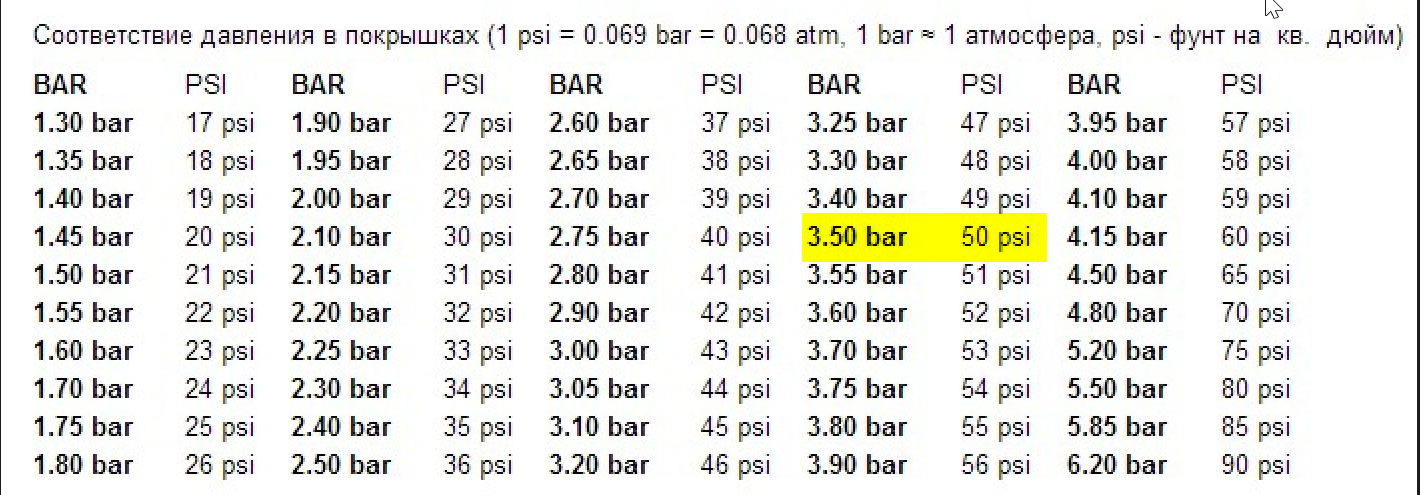
Check the tire pressure on your equipment before you put the machine in operation.
Find a gauge that is designed to measure your type of machinery and adequate PSI range. A gauge with a backlit display will make it easy to check your equipment’s tire pressure at dawn when visibility is low.
Don’t forget to replace the valve caps after checking tire pressure!
Digital gauges are ideal (rather than pen or dial) since they’re easier to use and many come backlit with LED lighting. If you’re starting your shift at dusk, that lighting comes in handy.
There are tire pressure sensor systems available that can be used on different types of heavy-duty vehicles, from F150 trucks to large skid steers. Check the literature that comes with these tool kits to ensure one can be used on your machine and still provide you with sufficient tire pressure data.
Eagle Power & Equipment has factory-trained technicians on staff to help you, as well as access to engineers and the factory. We offer on-site field repair and, specifically, tire repair so we encourage you to stop by or call to learn more about our services and repairs.
We offer on-site field repair and, specifically, tire repair so we encourage you to stop by or call to learn more about our services and repairs.
Posted in Heavy Equipment Safety, News, Skid Steer and tagged heavy equipment, pneumatic tires, power equipment, recommended tire pressure, skid steers, tire pressure on by Eagle Power.
For smooth, safe rides and to prolong the life of your tires, it’s important to find the optimal winter tire pressure for your vehicle. To ensure that you have “winter road worthy” tires, consider the following.
There are several misguided beliefs about the appropriate winter tire pressure that can result in costly problems for your car. In order to function properly and avoid problems, tires need to be appropriately filled to the correct pressure year-round.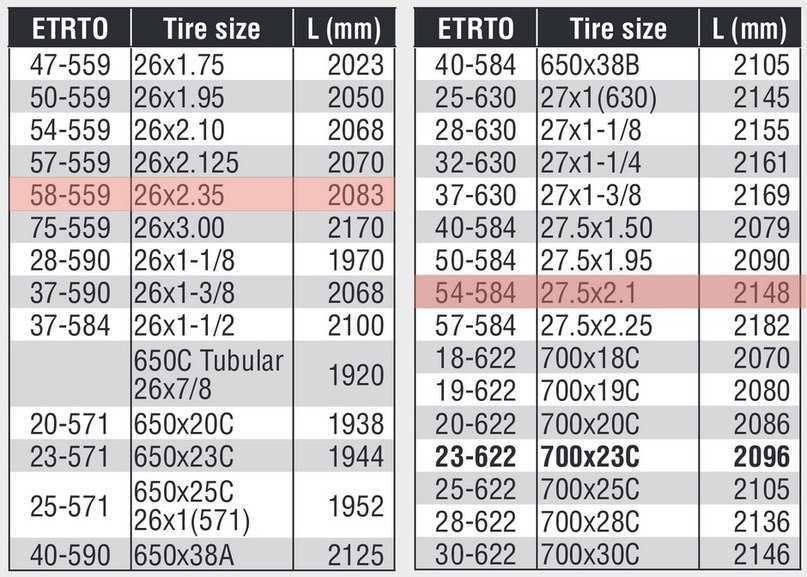 Why? Because weather conditions have an effect on tire pressure. For instance, during the summer months, the air expands in the tires as the weather heats up. During winter’s frigid months, the air pressure contracts. Something else to remember is that as you drive your vehicle, tire pressure increases slightly.
Why? Because weather conditions have an effect on tire pressure. For instance, during the summer months, the air expands in the tires as the weather heats up. During winter’s frigid months, the air pressure contracts. Something else to remember is that as you drive your vehicle, tire pressure increases slightly.
Vehicle manufacturers recommend PSI (pounds per square inch) for tire inflation and it’s the PSI rating you need to inflate your tires to. The PSI recommendation can be found inside the driver’s side door on a sticker, or in the manual. The PSI rating has been designed to deliver the most comfortable ride for your car. So, what about the “Max PSI” rating located on the sidewall? “Max PSI” is the PSI that the tires will support at maximum carry load. For regular, everyday use, tires need to be inflated to the vehicle’s manufacturer recommendation.
To ensure the optimal winter tire pressure follow the manufacturer’s recommendations. If you don’t have your manual handy, try looking for an online version for call a trusted auto repair shop. You can also find the recommended tire pressure on a sticker in the door jam as mentioned above. Some vehicle models place the stickers in the console, on the trunk lid, or on the fuel door.
If you don’t have your manual handy, try looking for an online version for call a trusted auto repair shop. You can also find the recommended tire pressure on a sticker in the door jam as mentioned above. Some vehicle models place the stickers in the console, on the trunk lid, or on the fuel door.
The recommended tire pressure is typically between 30 and 35 PSI. Anything less will affect fuel economy and how the vehicle handles. When your tires are filled to the recommended PSI, you’ll benefit from their performance and optimum life. Some vehicle owner manuals advise operating winter tires several PSI higher, usually between 3 to 5 higher than the recommended pressures for all season and summer tires.
All you need to do to determine your current tire pressure is unscrew the fill valve cap and check it using a pressure gauge, right? Well, sort of. Whether or not the car has been driven, and the time of day, can alter the tire pressure enough that you may not get an accurate reading. As an alternative, check the tire pressure in the morning before driving the car. Other things you can do include checking the pressure when you fill up the gas tank, as the temperature changes, or every 30 days.
As an alternative, check the tire pressure in the morning before driving the car. Other things you can do include checking the pressure when you fill up the gas tank, as the temperature changes, or every 30 days.
We can assist you in determining the best winter tire pressure for your vehicle. Click here to learn about our general car and maintenance services.
, Articles
Of all the components and parts of a car, only the tires are in direct contact with the road surface. Therefore, their condition is extremely important for any car. After all, not only the cross-country ability and efficiency of the car, but also the safety of the driver, passengers, and other road users depend on it.
One of the main indicators of the condition of tires is the air pressure in them. To maintain its optimal value, you need to control the pressure in all wheels at least once a month.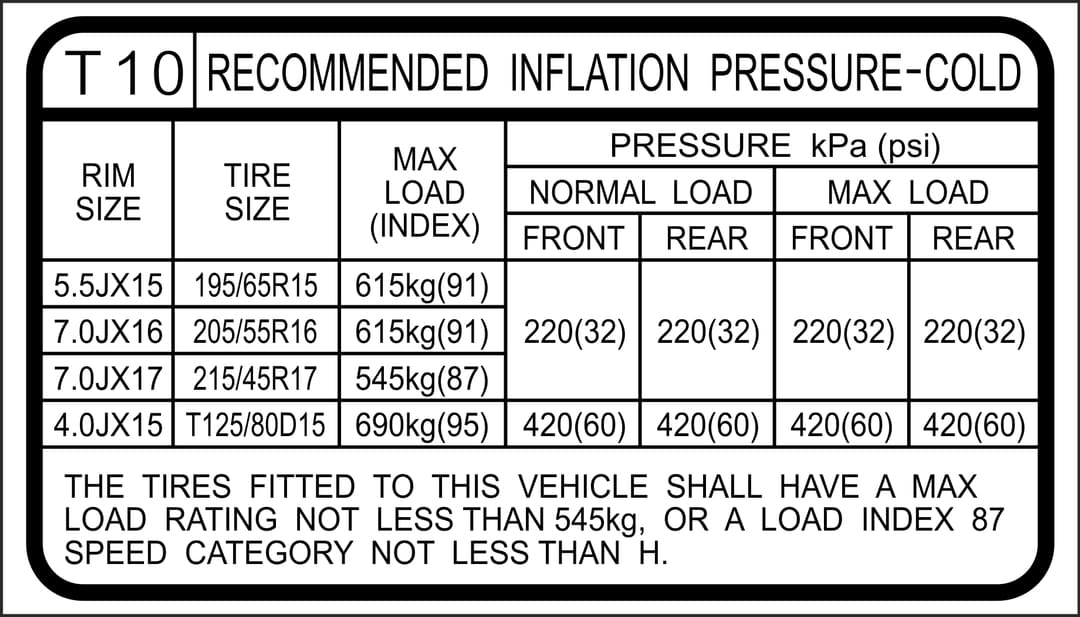 And in winter, when there are severe frosts outside, it is especially important to monitor the parameters of car tires.
And in winter, when there are severe frosts outside, it is especially important to monitor the parameters of car tires.
Regardless of the time of year and weather, the pressure in the tires of the car should be the same. Its optimal value is in the range from 2.0 to 2.8 atm (from 29up to 41 psi) - the same for all wheels or different for front and rear - indicated by the automaker on a special sticker. It is easy to find in the driver's door or on the back of the gas tank flap.
Typically, on the stickers, the automaker indicates the pressure values \u200b\u200bfor a car with a low load (driver, passenger and a full tank of fuel) and a large one (four people in the cabin, luggage and a tank of fuel). This, as a rule, removes the main part of the questions about how much you need to pump the wheels in certain conditions.
Important: For each car model and each tire size, the pressure may be different.
However, due to the fact that for every 10 degrees the air pressure in the tires decreases by about 0.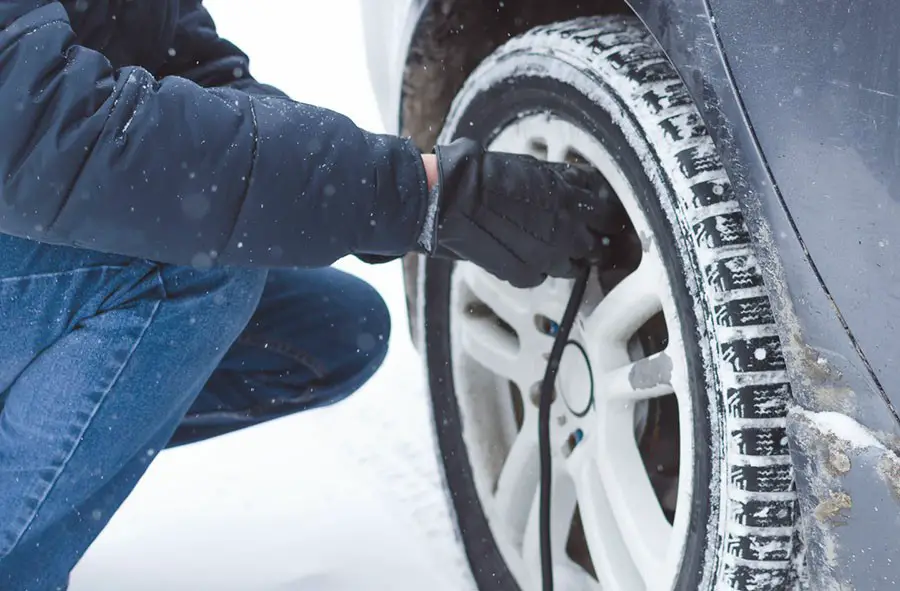 1 bar, the wheels may not be inflated to the optimum value. In other words, they will be subdued. For example, a winter tire installed in October at +10 °C with a pressure of 2.0 atm, if it suddenly hits -20 °C at the end of November, will only be pumped up to 1.7 atm. This can cause increased side tread wear, increased fuel consumption and even disc damage.
1 bar, the wheels may not be inflated to the optimum value. In other words, they will be subdued. For example, a winter tire installed in October at +10 °C with a pressure of 2.0 atm, if it suddenly hits -20 °C at the end of November, will only be pumped up to 1.7 atm. This can cause increased side tread wear, increased fuel consumption and even disc damage.
Therefore, experienced drivers advise to inflate tires by 0.2 bar, or about 3 psi above the prescribed values, when preparing the car for winter, in order to compensate for the pressure drop during cold snaps. It is also recommended to increase the pressure before a long trip on the highway and in the tires of a loaded car or a trailer.
The pressure in one or more tires, in addition to the optimal one, can be increased or decreased. This determines the size of the tire contact patch at the point of contact with the roadway, car handling, fuel consumption and overall ride comfort.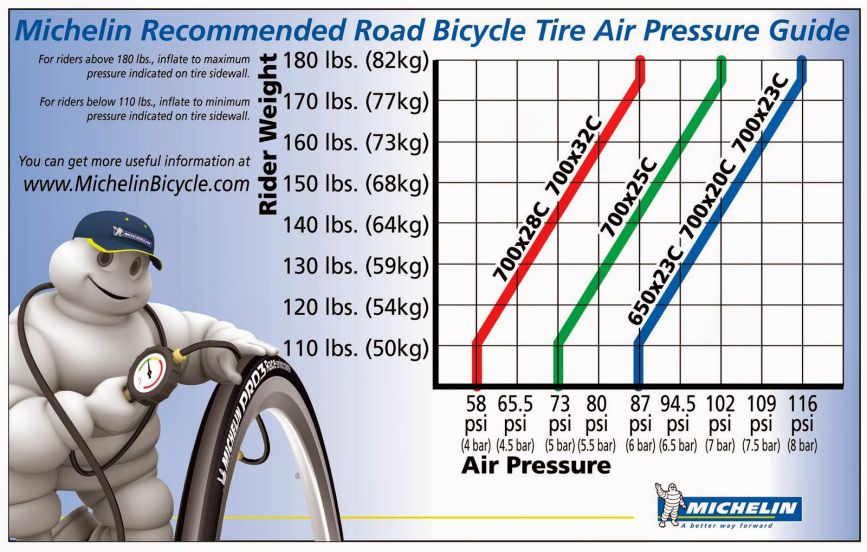 Incorrect pressure can lead to uneven tire wear, as well as damage to the rims when hitting serious bumps or hitting a wheel in a large hole.
Incorrect pressure can lead to uneven tire wear, as well as damage to the rims when hitting serious bumps or hitting a wheel in a large hole.
Tire, in which the pressure is below the norm, is called flat or under-inflated. These tires have a larger contact patch with the road and, as a result, higher friction, as well as rolling resistance. In this case, the car consumes more fuel, the rubber can heat up due to deformations while driving, and the tread sidewalls wear out more. A car on flat tires is worse controlled - it has a decrease in the accuracy of reactions. If the pressure is critically low, the wheel can be disassembled on the go - the tire itself is removed from the disk.
Tires whose pressure exceeds the norm are called overinflated. With excess pressure, the contact patch with the road becomes smaller. In this case, the central part of the tread, which accounts for the main friction, is subjected to increased wear. In a car with overinflated tires, reactions may become aggravated and fuel consumption will decrease somewhat, but ride comfort will deteriorate due to more severe suspension responses to bumps.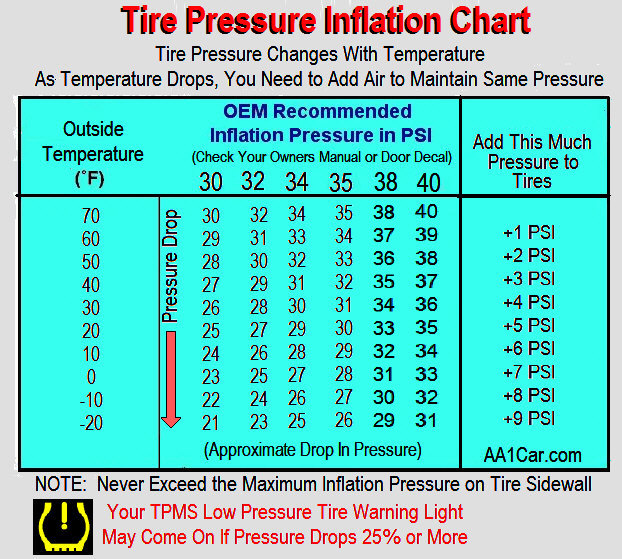 Yes, and it is easier to damage such tires. Also, a car with overinflated wheels can be less well controlled at speeds and in corners. Plus, on wet and slippery roads, it will increase the braking distance.
Yes, and it is easier to damage such tires. Also, a car with overinflated wheels can be less well controlled at speeds and in corners. Plus, on wet and slippery roads, it will increase the braking distance.
Incorrect tire pressure, in addition to measuring it with a pressure gauge, can be learned from the behavior of the car. If the car pulls to the side while driving, then it probably has a flat tire. Also, low pressure will be indicated by the whistle of rubber at low speed and in a sharp turn. When the pressure is higher than normal, the car feels stiffer and reacts more painfully than usual to bumps under the wheels. Also, at the same time, there may be a feeling that the car has become better to roll.
Source: Pixabay
This is before, when car tires were chambered, the pressure in them had to be checked weekly. Now it is enough to do it at least once a month - no less often. Ideally, with an interval of two weeks. In addition, it is necessary to unschedully measure tire pressure before a long road and a long trip.
In addition, it is necessary to unschedully measure tire pressure before a long road and a long trip.
Measure the pressure only on cold tires. That is, when the car was without movement for at least 4-5 hours. In extreme cases, you can measure it after a short, non-intense trip. In addition, the car must stand on a flat surface without distortions. So that some of the wheels are not loaded to a greater or lesser extent. And measurements should be taken immediately on all wheels, and not just on the suspicious one.
Tire pressure measurement is a fairly simple procedure that does not require special training and knowledge. It only requires a working pressure gauge (mechanical or electronic). To measure the pressure in tires, you should:
Whether the pressure corresponds to the one recommended by the automaker, you can find out by comparing the numbers with the values for this tire size on the sticker in the driver's doorway or on the back of the gas tank flap. If you don’t have your own pressure gauge, you can measure tire pressure at a car service, tire fitting, car wash or gas station where there are wheel inflation devices. Also, these values can be seen without leaving the car on the on-board computer screen if the car is equipped with a TPMS (Tire Pressure Monitor System) pressure control system.
If you don’t have your own pressure gauge, you can measure tire pressure at a car service, tire fitting, car wash or gas station where there are wheel inflation devices. Also, these values can be seen without leaving the car on the on-board computer screen if the car is equipped with a TPMS (Tire Pressure Monitor System) pressure control system.
By and large, the process of tire inflation in winter is no different from any other time of the year. In the same way, you need to remove the cap from the nipple and fix the hose from the electronic compressor or a mechanical pump with a pressure gauge, for example, a foot pump, to the nipple. Then fill the tire with air to the required pressure. And then, having disconnected the pump hose, return the cap to the nipple.
True, in winter there are still nuances in this procedure. In particular, to compensate for the pressure drop in cold weather (by 0.1 bar with cooling for every 10 ° C), the tire can be inflated by about 0.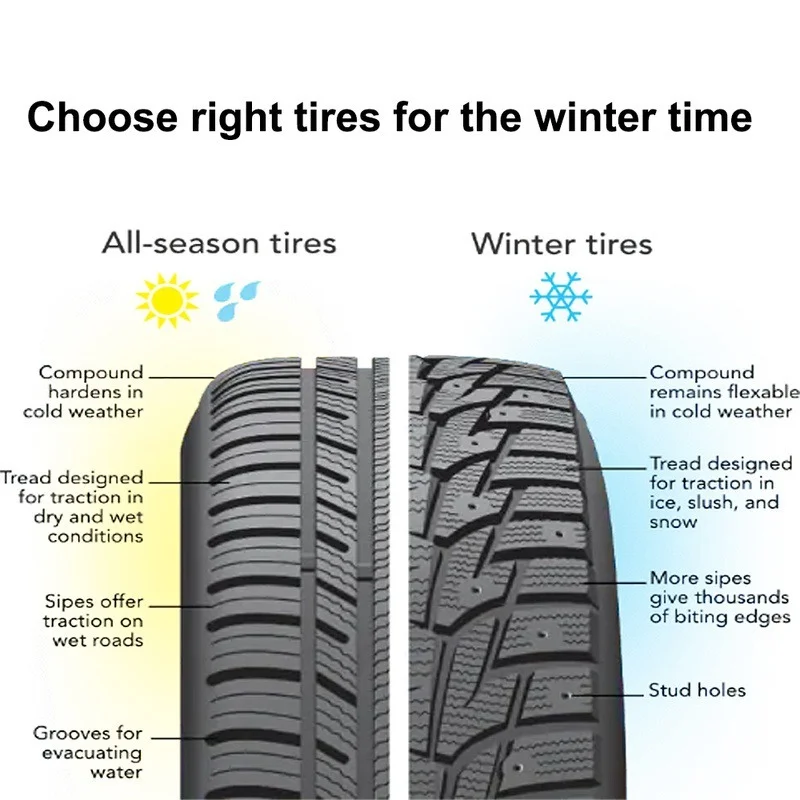 2 bar more than it should be. Experienced drivers also advise inflating tires in a warm garage, since the pressure recommended by the manufacturer is indicated for an average warm temperature.
2 bar more than it should be. Experienced drivers also advise inflating tires in a warm garage, since the pressure recommended by the manufacturer is indicated for an average warm temperature.
But after that, you need to roll the car out onto the street and after some time measure the pressure in the tires again in order to correct it if necessary. However, most car owners do it easier - pump the wheels on the car right on the street in the cold to the prescribed values. In this case, they do not have to inflate the tires, adjusted for pressure fluctuations due to cold weather.
The Pascal (Pa) value used for pressure in the international measurement system is practically not found in everyday life among motorists. Instead, tire inflation is checked in psi (lb/in²) or bar/bar (1 bar = 100,000 Pa). Most Russians are accustomed to calling the value of tire pressure in "atmospheres" (AT). It is approximately equal to 1 Bar (1 atmosphere = 1.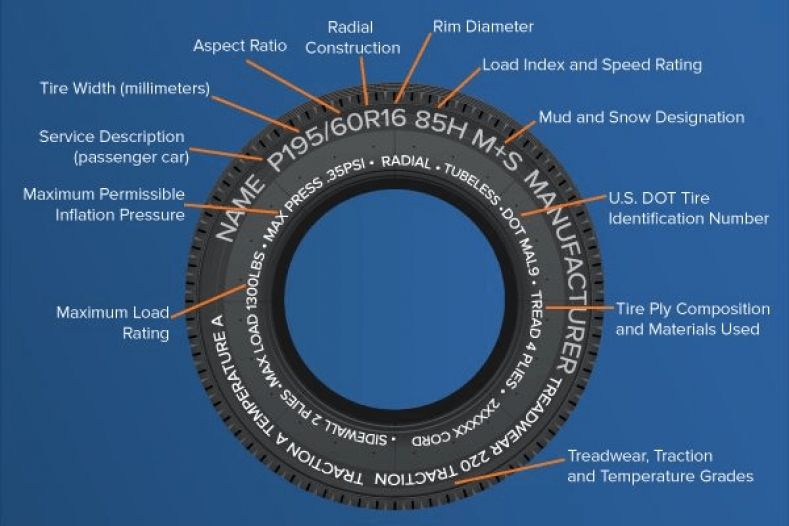 01 bar). To simplify the transfers from one unit to another, we present a table.
01 bar). To simplify the transfers from one unit to another, we present a table.
| 1 AT = 1.01 bar 1 AT = 14.7 psi | 1 psi = 0.07 bar 1 psi = 0.07 AT = 0.99 AT |
The most running tire pressure values in the range from 2.0 to 2.8 BAR look in different units as follows:
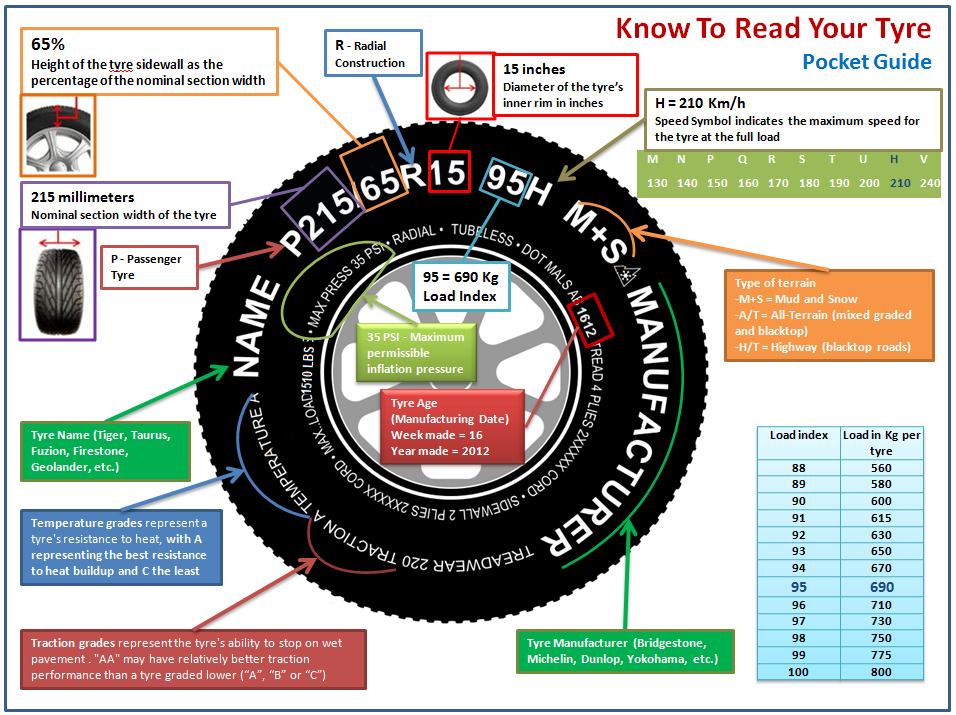 3/2.5
3/2.5 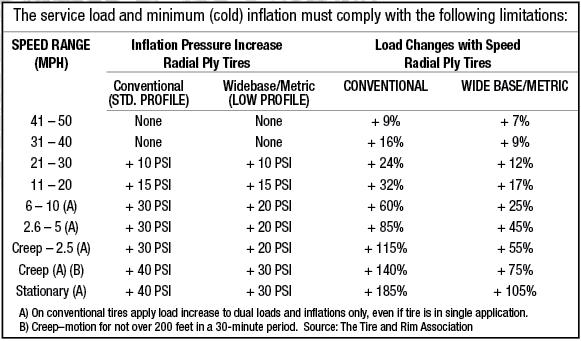 1/2.1
1/2.1 Content is REC in Sochi
The air compression in a car wheel is indicated in atmospheres. The recommended tire pressure value should be indicated in the technical documentation for the car, on the signs on the gas tank hatch or next to the driver's seat.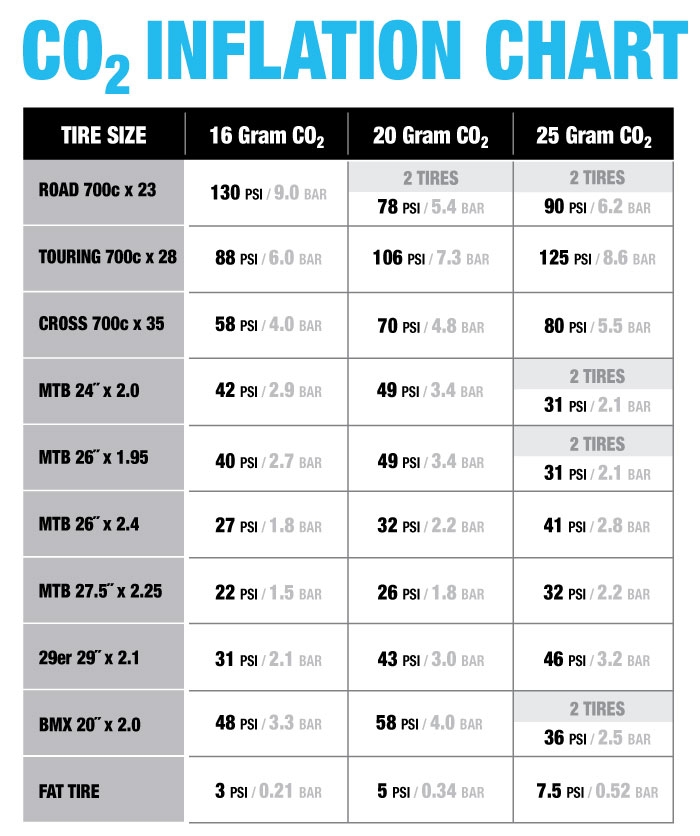 If the readings were not in these places, then you should contact the center where the car was purchased. It is not necessary to focus on the markings indicated on the surface of tires, because the pressure depends on the mass of a particular vehicle.
If the readings were not in these places, then you should contact the center where the car was purchased. It is not necessary to focus on the markings indicated on the surface of tires, because the pressure depends on the mass of a particular vehicle.
In the cold season, the air compression characteristic in car tires is recommended within 2-2.2 atmospheres.
Not all drivers pay due attention to this characteristic, but it is of great importance for various indicators:
There are recommendations for an external inspection of tires before the start of each trip, before starting the engine. The level of air compression should be monitored every two weeks with a pressure gauge. This device is embedded in most modern compressors, which are connected either to the cigarette lighter in the car or to the battery terminals.
The level of air compression should be monitored every two weeks with a pressure gauge. This device is embedded in most modern compressors, which are connected either to the cigarette lighter in the car or to the battery terminals.
To correctly control the level of pressure in tires, you must adhere to the following rules:
